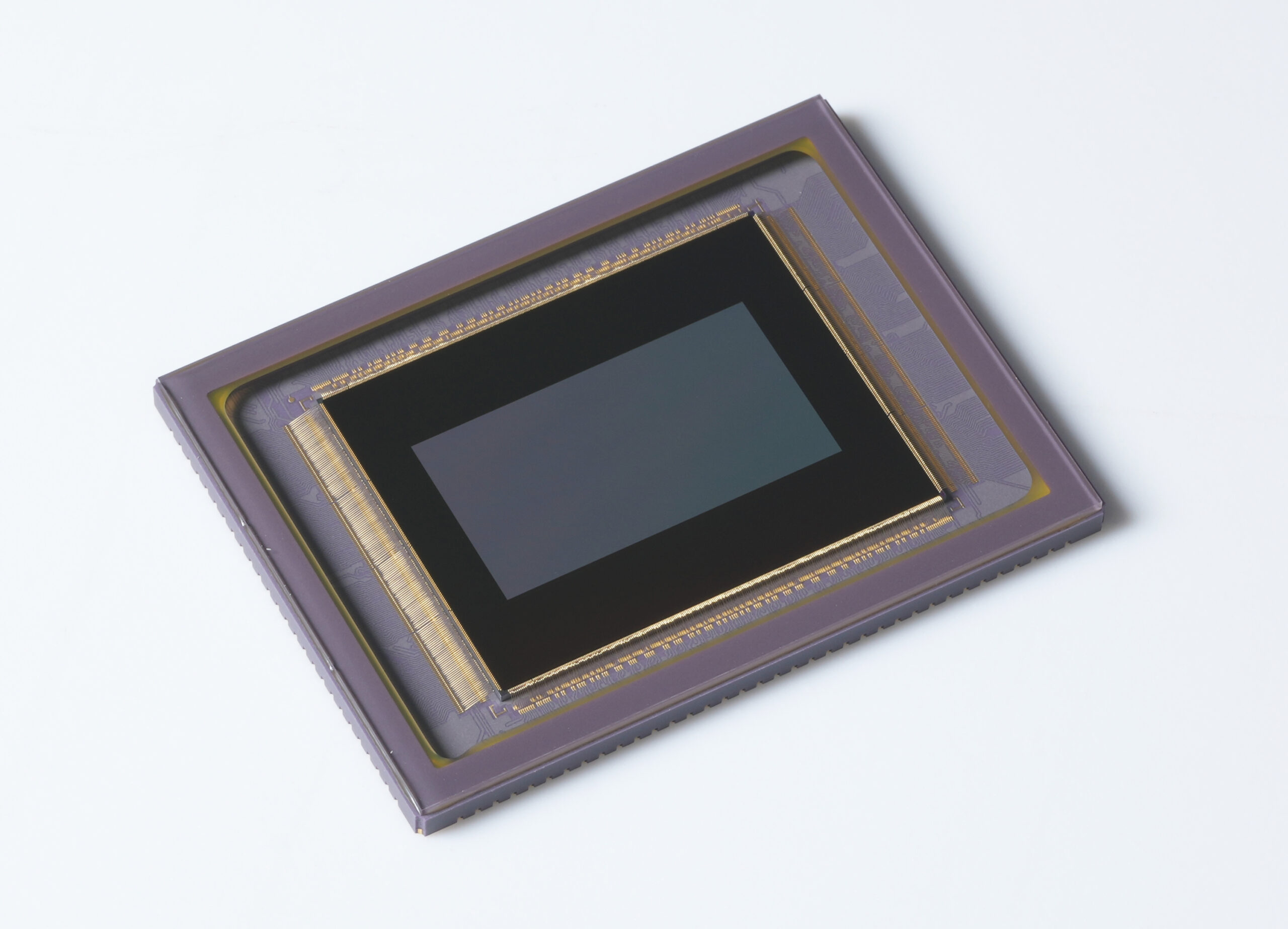I can’t really say image sensor technology has peaked at the moment. What is true however, is how rapidly it has improved in the last decade and a half. Low light ISO performance and color accuracy in an entry-level APS-C camera these days can match, if not beat, the results from my flagship DSLR of 2008. Brands aren’t just looking to improve their sensors; they aim to create world-leading ones that give others a run for their money. And if the sensor that Panasonic is working on can make it to mainstream production shortly, other brands better start worrying.
When it comes to technology, the word Organic has been thrown around a lot in the past few years. As technology enthusiasts and consumers, we would have heard it used in Organic LED (OLED) televisions. The term isn’t alien to camera technology, even if most of us may not have heard it being used in photography terminology familiar to us. That’s probably because it’s still in the prototype stage. The imaging division of Panasonic Holdings Corporation has been working on organic CMOS sensors for years. Such technology still hasn’t been rolled out to its consumer imaging line. They have, at various times in the past, demoed such sensors around the world. But to understand organic sensors’ benefits in photography, we contacted their Technology Division. Kazuko Nishimura from their team was kind enough to answer our queries about this forthcoming technology and how it can benefit camera users everywhere.
The Phoblographer: Hi Kazuko san. Please tell us a bit about yourself.
Kazuko Nishimura: I am Kazuko Nishimura, the manager of the Organic Photoconductive Film (OPF) CMOS image sensor development team at Panasonic Holdings Corporation’s Technology Division. I joined Panasonic in 1995. My specialty is the design and development of semiconductor analog circuit designs such as CMOS image sensors, high-speed / low-noise analog-to-digital converters, and optical transceivers.
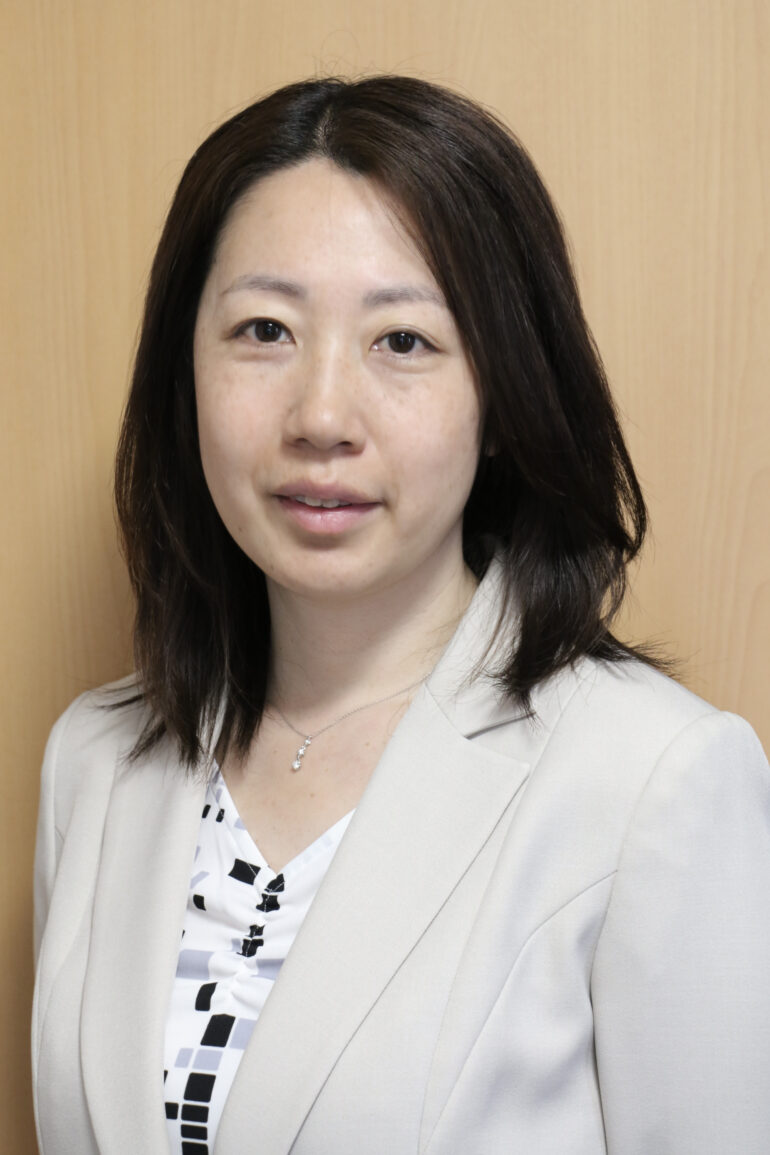
The Phoblographer: What is Panasonic’s OPF sensor all about? Where did the idea for this begin?
Kazuko Nishimura: OPF image sensor is a CMOS image sensor with a unique pixel structure in which the photoelectric conversion part that converts light into electrons is an organic photoconductive film (commonly called OPF), and the silicon substrate part that accumulates charges and signals read out completely independently. At the beginning of the development, due to its structure, the saturation signal was very high compared to conventional silicon sensors. We wanted to take advantage of this performance.
The OPF image sensor has four main features because the photoelectric conversion part and charge storage part can be designed completely independently.
1. “Wide dynamic range” can be achieved by independently designing sensitivity and saturation signals.
2. “Global shutter” can be realized because the sensitivity can be controlled simply by changing the voltage to the organic film.
3. “Wavelength selectivity” is high. This is because OPF sensors can be made sensitive to the desired wavelength simply by changing the photoconductive material.
4. “Accurate color reproducibility” is realized under various light sources because the light absorption rate is high and an extremely thin organic film can be used, color crosstalk is suppressed structurally.
Another advantage point is that it simultaneously achieves a global shutter and a wide dynamic range (high saturation signal), which were trade-offs in conventional silicon image sensor configurations.
The Phoblographer: Organic is a buzzword in the health and food industry, but what are the main benefits of having an organic sensor for applications in photography?
Kazuko Nishimura: The OPF image sensor, in which the organic film (which is the photoelectric conversion part) and the silicon substrate (which is the charge storage part) are completely independent, can be designed with completely independent sensitivity and saturation, enabling a wide dynamic range. In addition, since the light absorption rate of the organic film is higher than that of the silicon sensor, a very thin film can be used, so color crosstalk hardly occurs structurally.
The purpose of conventional image sensors was to reproduce the functions of the human eye. However, due to the wide dynamic range and accurate color reproducibility that are the characteristics of the OPF image sensors, high robustness, and high reproducibility capturing are possible even in various environments. As a result, it is possible to capture ultra-realistic and ultra-precise images beyond the ability of the human eye, which cannot be recognized by the human eye. We think this will lead to new visual expressions.
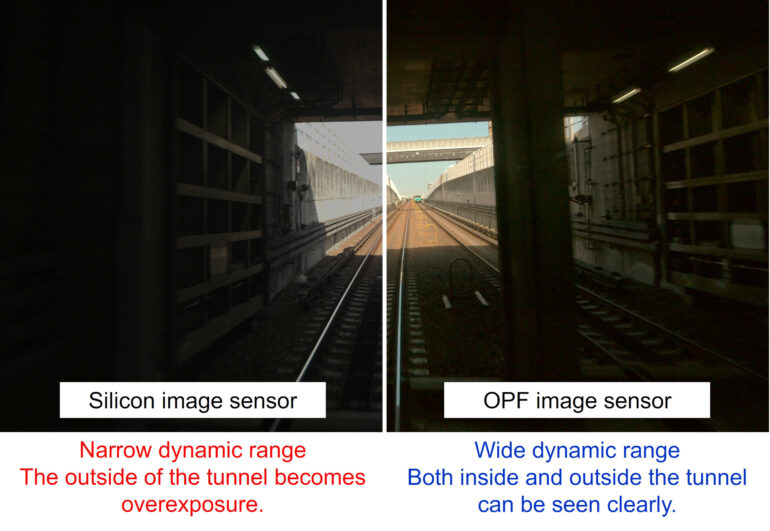
The Phoblographer: Color reproducibility is one of the key points mentioned by Panasonic as a benefit of the OPF sensor technology. But in 2023, with at least 2 decades of digital imaging improvement behind us, how much more can color be improved in sensors now?
Kazuko Nishimura: We think that the processing of color correction in the post-stage of image sensors has evolved significantly in the last 10 to 20 years. Therefore, both professional photographers and general camera users can easily change the color to their liking and natural color. However, there are some environments and colors where it is difficult to reproduce the colors you really want, even with color correction.
In the case of OPF image sensors, since the raw data before color correction is accurate, it is possible to achieve accurate color reproduction even for minute color changes and colors outside the color matrix (colors that are difficult to correct).
In particular, it is effective in expressing subtle shades of human skin tones and red which tends to cause color crosstalk.
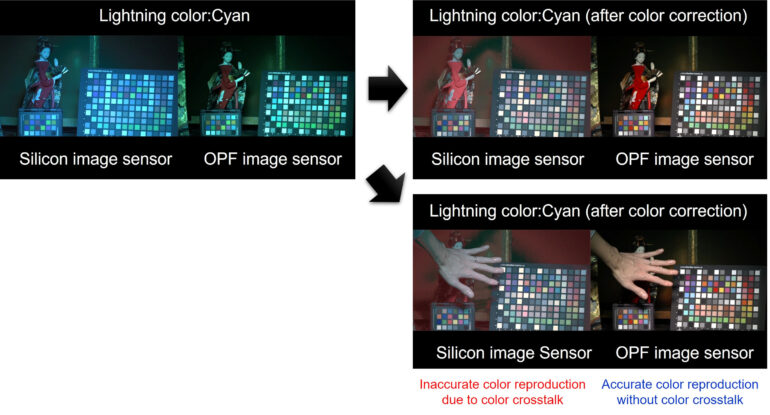
The Phoblographer: Does this mean that irrespective of the light source or temperature, the Panasonic OPF sensor will (in the future) produce the most accurate colors? That’s going to be very beneficial, especially when photographing skin tones.
Kazuko Nishimura: Due to its structure, color crosstalk is less likely to occur in OPF image sensors; it is possible to reproduce colors more accurately than conventional silicon sensors, regardless of various light sources and temperatures. (Even in the current structure)
The OPF image sensor suppresses color crosstalk with the following three technologies.
1. Photoelectric conversion film thinning technology with 10 times higher light absorption
2. Electrical pixel isolation technology that discharges unnecessary charges at pixel boundaries
3. Light transmission suppression structure that suppresses the transmission of light through the photoelectric conversion part. Please refer to the following press release for details of the color crosstalk suppression structure. https://news.panasonic.com/global/topics/13982
In particular, we think that it will be possible to accurately reproduce colors such as skin tones, sky, and colors of water, for which subtle hues are important. And red, which is susceptible to color crosstalk.
The Phoblographer: Are there other notable benefits to the OPF compared to conventional CCD sensors? Will there be a major improvement in low-light noise canceling capabilities and image stabilization?
Kazuko Nishimura: Aside from the four key points mentioned earlier, another advantage is that it simultaneously achieves a global shutter and a wide dynamic range (high saturation signal), which were trade-offs in conventional silicon image sensor configurations.
The pixel section has a unique noise cancellation function, and the readout section can use a similar low-noise technology as a silicon image sensor, so the noise level in low-light conditions can be aimed at the same level as a silicon image sensor.
Image stabilization will be implemented in the camera system, and the same system as a silicon image sensor can also be used here.
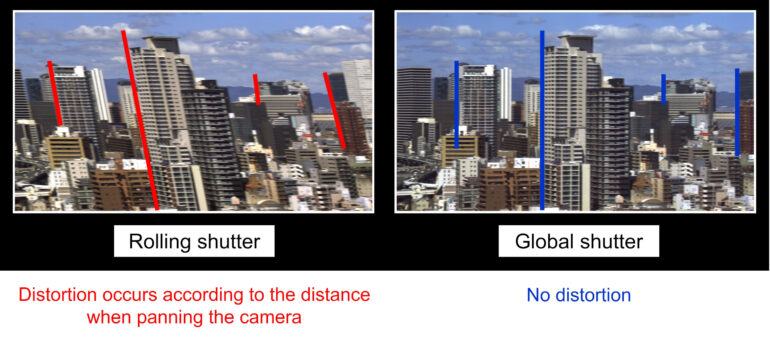
The Phoblographer: Do we have any idea of what the sensor’s resolution is planned to be like?
Kazuko Nishimura: The pixel size of the OPF image sensor can be easily changed while maintaining its characteristics, so it is possible to change the pixel size and resolution according to market demands and deployment applications. We would like to develop variations from FHD to 8K resolutions or higher.
The Phoblographer: Will this also be targeted at video and filmmakers, or just photographers? And are we looking at only high-end film cameras, or do you see this being featured in mirrorless cameras and smartphones for everyday consumers too?
Kazuko Nishimura: Both photographers and commercial broadcasting/cinema manufacturers are eligible.
First of all, we would like everyone to experience the high performance of the OPF image sensor, but we would like to expand the technology not only to high-end but also to mirrorless cameras and smartphones that can be used in daily life. In addition, we hope that people will be able to capture moments of excitement daily and feel satisfaction and happiness.
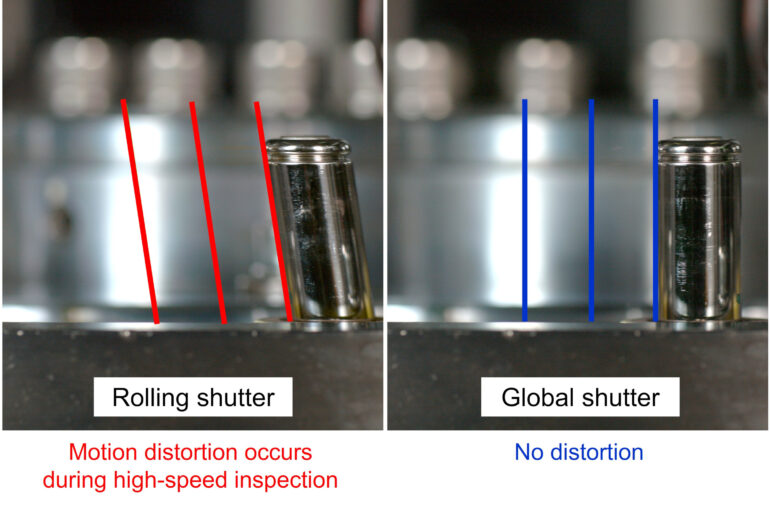
The Phoblographer: I understand that it’s currently just a prototype. How far away is Panasonic from releasing the OPF sensor to the world, and how confident is Panasonic that it will be a leading technology in the imaging industry at the time of release?
Kazuko Nishimura: It depends on market demand; we would like to have it actually used within a few years. We believe the OPF image sensor will become a new market-leading technology because they have some great structural strengths.
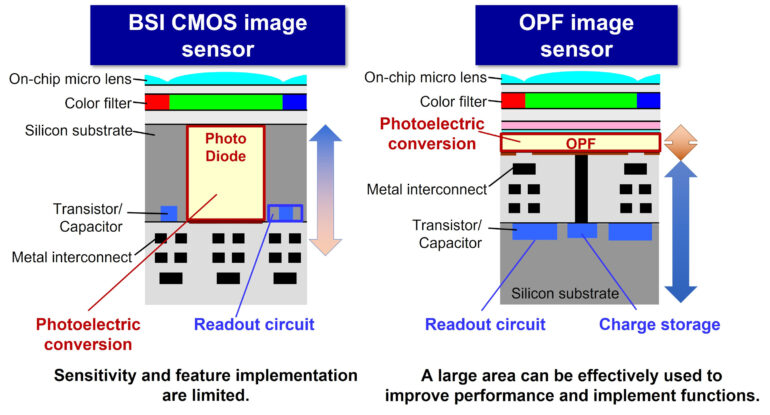
The Phoblographer: Can such a sensor be used in existing cameras, or is a redesign of electronics necessary to accommodate the OPF sensor and to process the images from it?
Kazuko Nishimura: The signal processing in the latter stage is able to use the same configuration as a silicon image sensor. Of course, it is necessary to consider how to process it in order to take advantage of the wide dynamic range, which is one of OPF image sensors’ strong features.
The Phoblographer: Do you have any interests in photography yourself. If yes, what do you primarily like to photograph?
Kazuko Nishimura: Of course yes. I can not do professional photography. I like to take pictures of seasonal landscapes and historical architecture in my daily life and travels.
The Phoblographer: Tell us more about your team behind this?
Kazuko Nishimura: Our team is usually working on development to not only improve performance but also to create new value in the world of photo/video images, people’s lives, and industries.
Our dream is that we will create a new imaging/sensing world that [brings] together with people who develop the sensor and who actually use the camera to capture.
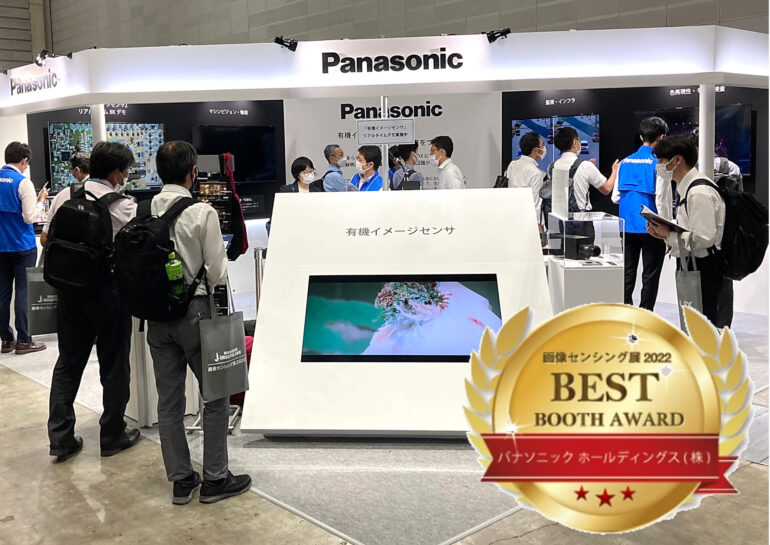
All images were provided by Kazuko Nishimura of Panasonic and were used with permission.


